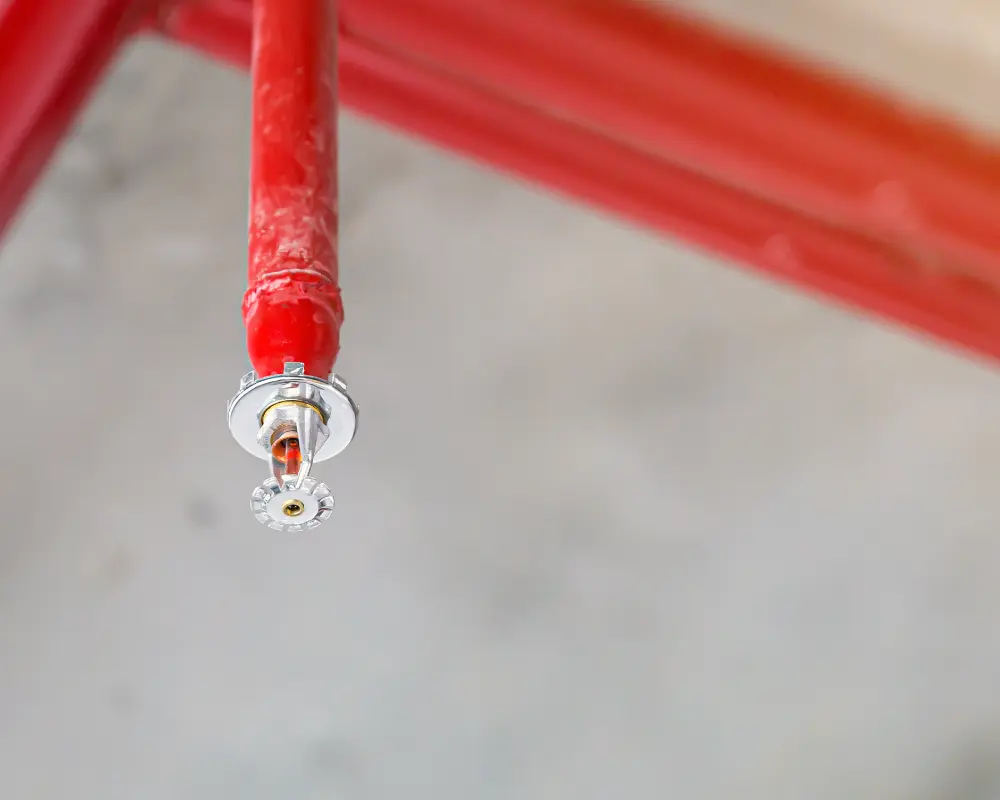
Sprinkler Systems and Other Suppression Methods
Sprinkler systems are vital components of fire safety equipment within business properties, playing a crucial role in fire suppression and life safety. The deployment of sprinklers is often seen as a standard and effective method for controlling fires before they can cause significant damage or pose a severe risk to life.
Are Sprinklers Always Necessary?
The necessity of sprinkler systems often depends on the specific requirements of the building, including its size, function, and the inherent fire risk associated with its use. In many jurisdictions, sprinklers are required by law in certain types of buildings, such as schools, hospitals, and high-rise commercial structures. However, in smaller or less hazardous environments, alternative measures may suffice.
Alternative Fire Suppression Measures
While sprinkler systems are highly effective, there are alternative fire suppression methods that can also be employed to protect a business property:
- Fire Extinguishers: These are essential pieces of fire safety equipment that can be used to tackle small fires manually.
- Fire Blankets: Primarily used in kitchens and other areas where small fires are likely, fire blankets smother flames and prevent oxygen from fuelling the fire.
- Gas Suppression Systems: Often used in environments where water damage from sprinklers must be avoided, such as data centres or archives. These systems use inert gases to reduce the oxygen level around a fire, effectively suffocating it.
- Aerosol Suppression Systems: These systems dispense a fine mist of fire-retardant chemicals to extinguish flames quickly without the collateral damage associated with water.
Sprinkler System Effectiveness and Reliability
Sprinkler systems are not only effective in extinguishing fires but also in preventing fire damage and saving lives. Statistics show that buildings equipped with operational sprinkler systems experience significantly lower rates of death and property damage during fires. Sprinklers react to fires automatically, often before the fire department arrives, giving occupants more time to evacuate safely.
Components of a Sprinkler System
A typical sprinkler system includes several key components:
- Water Supply: A dedicated supply of water is crucial for sprinkler systems to function effectively.
- Piping Network: A network of pipes distributes water to individual sprinklers throughout the property.
- Sprinkler Heads: These are strategically placed to maximise coverage and activate individually when a pre-set temperature is exceeded, indicating the presence of fire.
Installation and Maintenance of Sprinkler Systems
Proper installation and regular maintenance are critical to ensuring the effectiveness of sprinkler systems. Installation should be carried out by professional fire safety equipment specialists who can design a system tailored to the specific needs of the property. Maintenance involves regular inspections to check for issues such as pipe corrosion or obstructions that could impede the system’s operation.

Regulatory Compliance
Compliance with local fire safety regulations is essential when installing sprinkler systems. These regulations often specify where and how sprinklers should be installed, as well as the standards they must meet. Non-compliance can result in fines, legal action, or increased insurance premiums.
Cost Considerations
The cost of installing a sprinkler system can be significant, but it is an investment in property safety and compliance. Fire safety equipment installation costs vary depending on the size and complexity of the system. However, many insurance companies offer reduced premiums for properties with sprinkler systems, acknowledging their role in reducing the likelihood and potential severity of fires.
Why Choose Sprinklers for Business Properties?
Choosing to install sprinkler systems in business properties is a decision that can save lives, protect investments, and ensure business continuity in the event of a fire. The automatic operation of sprinklers provides immediate response to fires, significantly reducing the damage and allowing for safe evacuation.
While sprinkler systems are a fundamental component of fire safety equipment for many business properties, understanding the specific needs and risks of your property is crucial. Whether or not sprinklers are necessary, or if alternative fire suppression measures are more appropriate, will depend on a variety of factors including regulatory requirements, the nature of the business conducted within the property, and overall fire risk assessment.
Follow us on Facebook and LinkedIn, or read more posts here.